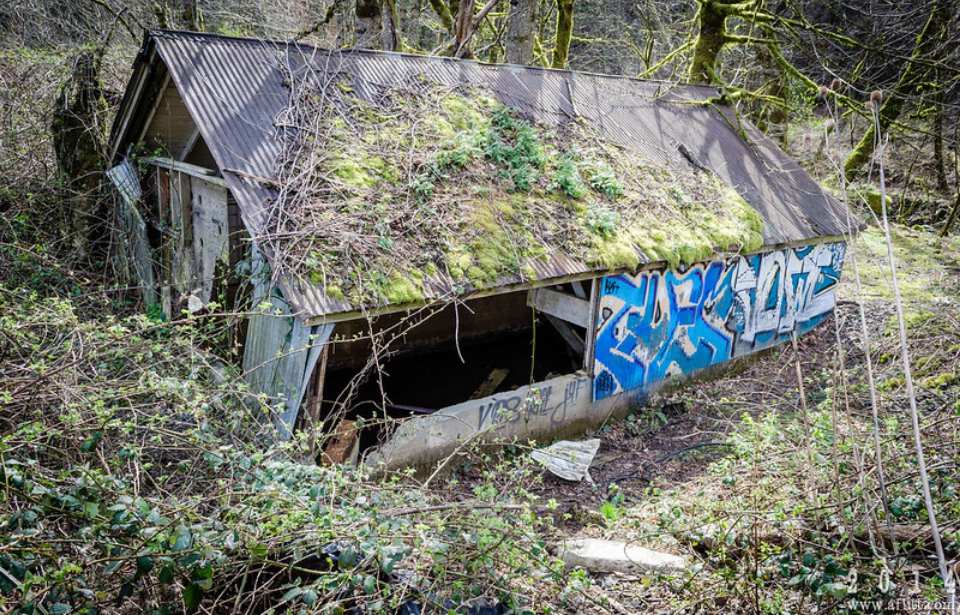There are ghost towns across the United States, but few have a business that remains in operation. One such town is Bridal Veil, best known for being the go-to spot for brides looking to give their wedding invitations a special spark.
History of Bridal Veil, Oregon
Bridal Veil was a small company mill town located in Multnomah County, Oregon, near the west end of the Columbia River Gorge. It was a prime milling location, thanks to its location along the banks of the river and Larch Mountain, which had a lush forest.
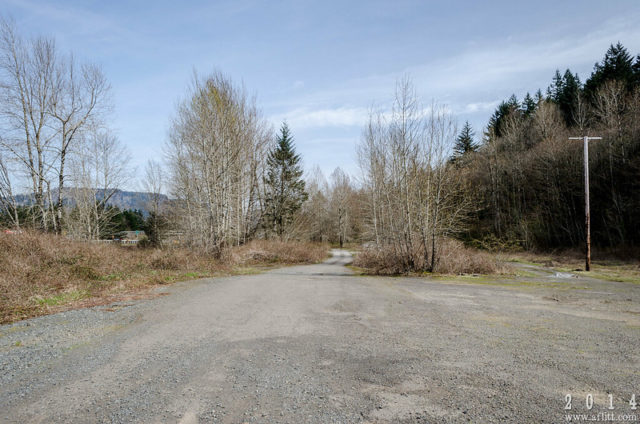
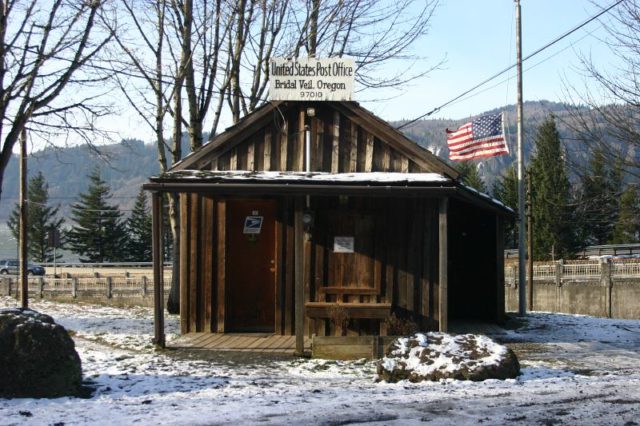
You might be wondering where it got its unique name. According to legend, a passenger was traveling across the Columbia River on the sternwheeler Baily Gatzert when it passed by a waterfall. The individual remarked that it looked like a “delicate, misty bride’s veil,” a description which caught on, influencing not only the town’s name, but that of the waterfall itself.
Over 100 years of operation
Bridal Veil was formally established in 1886 by the Bridal Veil Lumber Company, which was looking to cash in on the area’s supply of lumber. A sawmill was set up approximately one mile up Larch Mountain, from which a thriving town of several hundred residents grew.
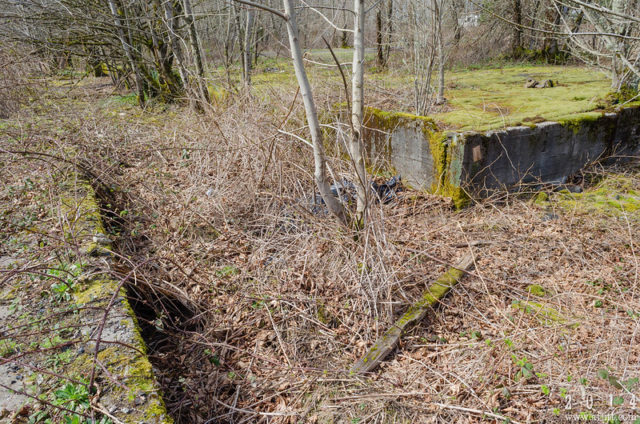
Along with the mill, the town featured hotels, a post office, a railroad station, a combined church and community center, restaurants, personal residences and a cemetery, which saw its last burial in 1934.
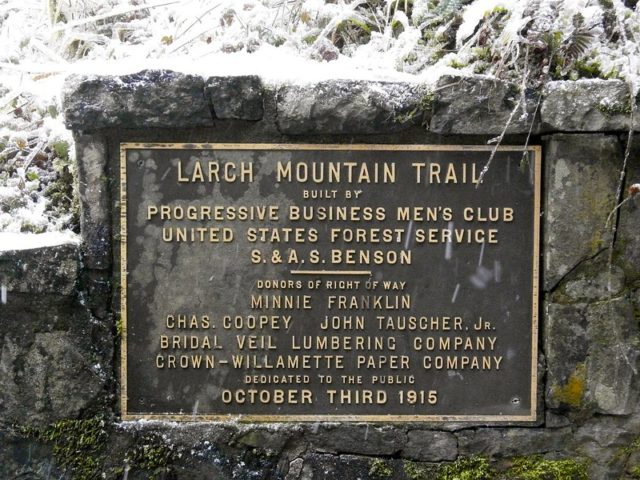
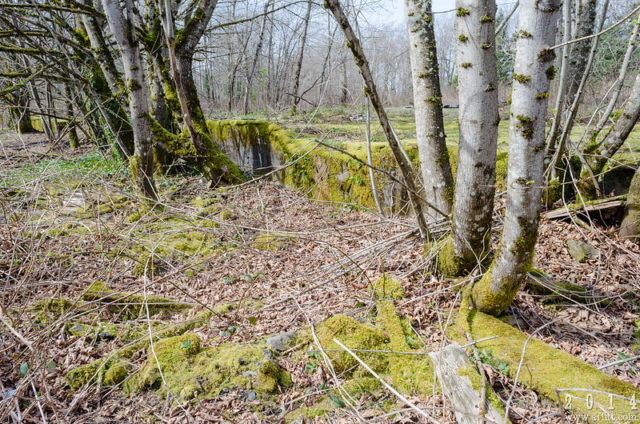
The town worked alongside the nearby company mill town of Palmer. Felled timber would be rough-cut in Palmer, before being sent down a mile-and-a-half log flume to Bridal Veil’s mills and railroad. Palmer ceased operations in 1936, leaving its neighbor’s future in jeopardy.
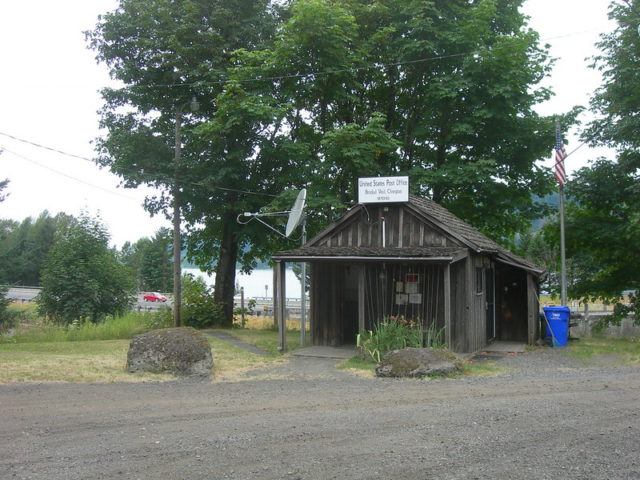
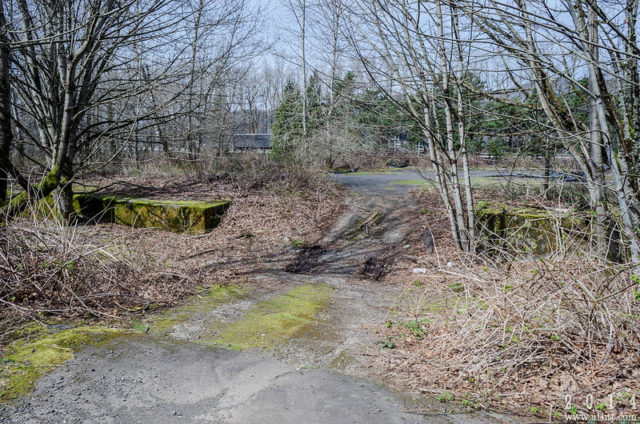
In 1937, Bridal Veil was purchased by a company that later became known as the Bridal Veil Lumber and Box Company. After modifying the mills, it set about giving the town a new purpose: the production of wooden cheese boxes for Kraft Food Company. The company remained in operation until 1960, when it shut down.
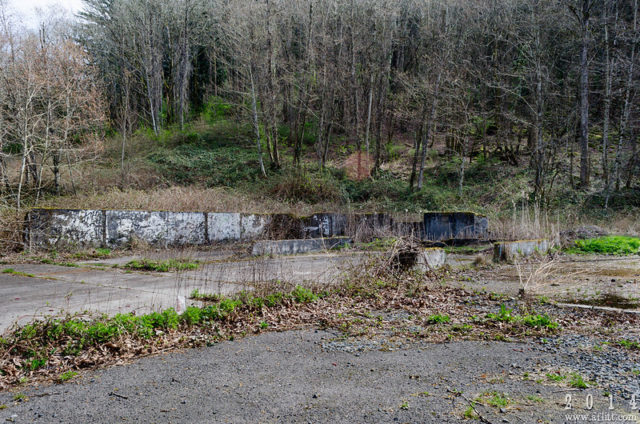
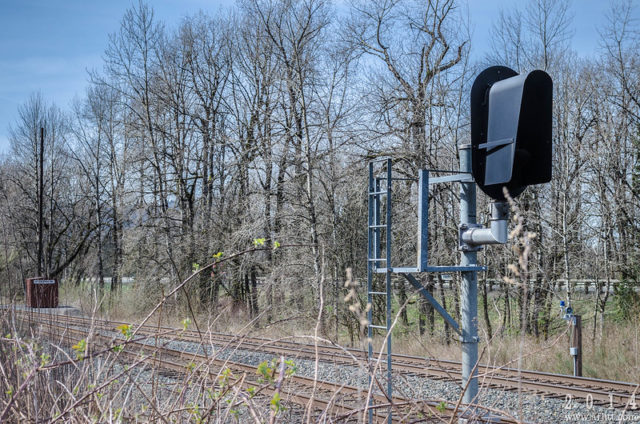
Following the Bridal Veil Lumber and Box Company’s closure, the town operated under various owners until 1988, when a timber shortage and environmental concerns led to its decline. Soon, its entire population left the area for greener pastures.
A ghost town with a popular postmark
In 1990, Bridal Veil was acquired by the Trust for Public Land, with the aim of demolishing the town’s buildings. This was held up by a 10-year legal battle with the Crown Point Country Historical Society, which sought to preserve its buildings and landmarks. The historical society lost their case, and in 2001 the buildings making up Bridal Veil were demolished.
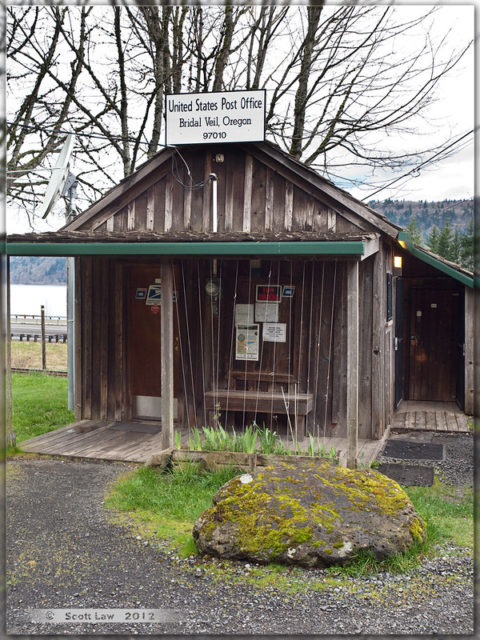
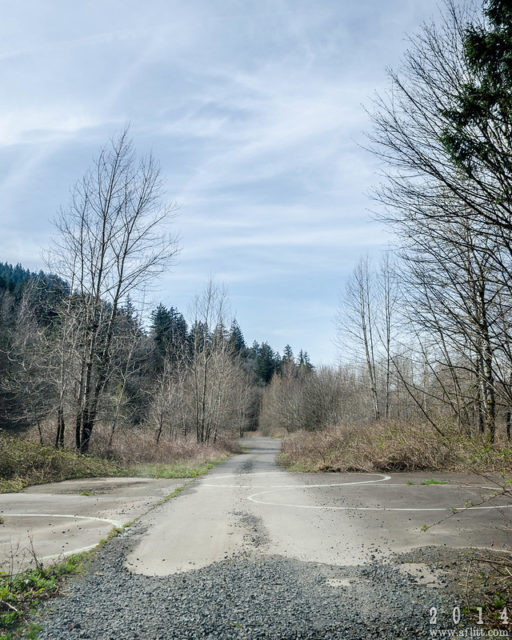
As of July 2006, it was the organization’s plan to sell the land to the United States Forest Service. Just a few months earlier, on Memorial Day, the Bridal Veil Historic Preservation Society purchased the deed for Bridal Veil’s cemetery from the heirs of those who initially founded the town.
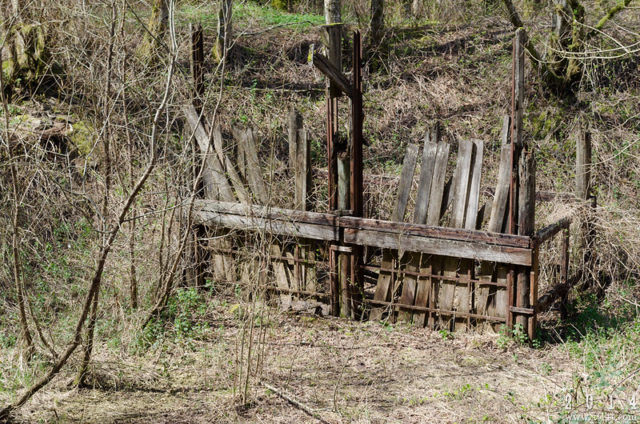
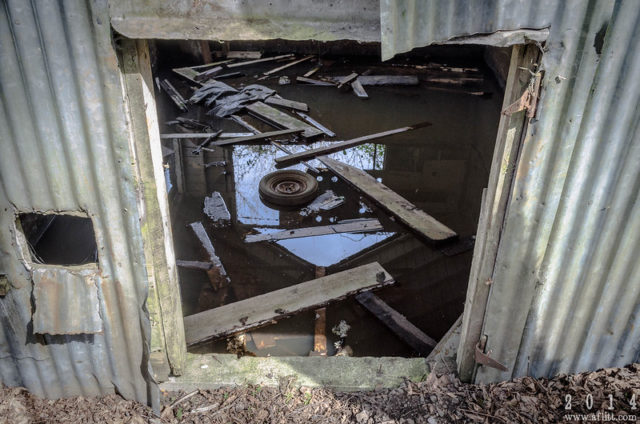
One of the last standing buildings, the church and community center, was demolished in October 2011, leaving only the cemetery and post office. The post office is rather unique, as it not only serves the estimated 50 people who live around the outskirts of the town, it’s also the go-to for brides looking to send their wedding invitations with its unique Bridal Veil postmark.
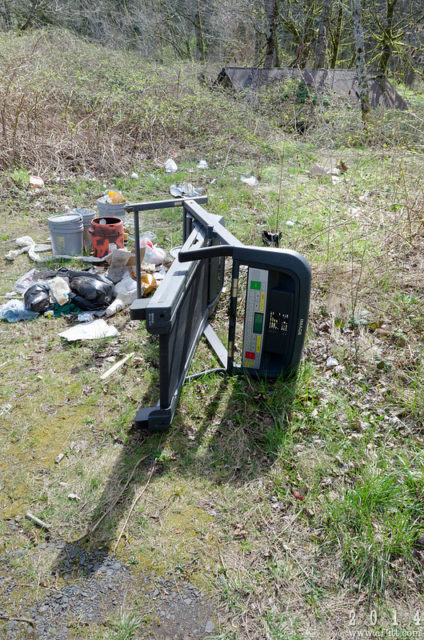
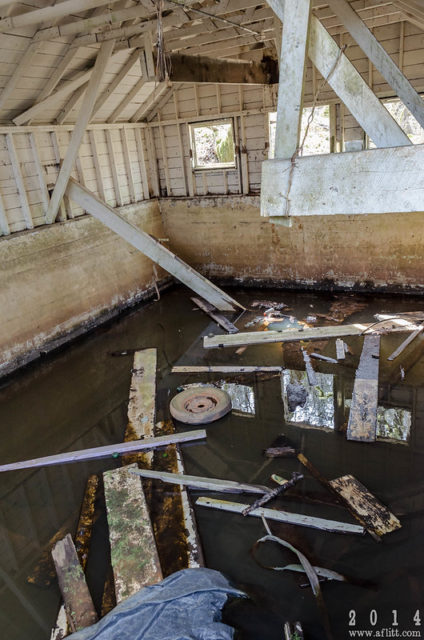
More from us: Gary, Indiana: The ‘City of the Century’ That Turned Into a Veritable Ghost Town
As for the cheese boxes that were built during the mid-20th century? You better keep a lookout for them, as they’re now considered collectible antiques and are worth a decent chunk of change.
